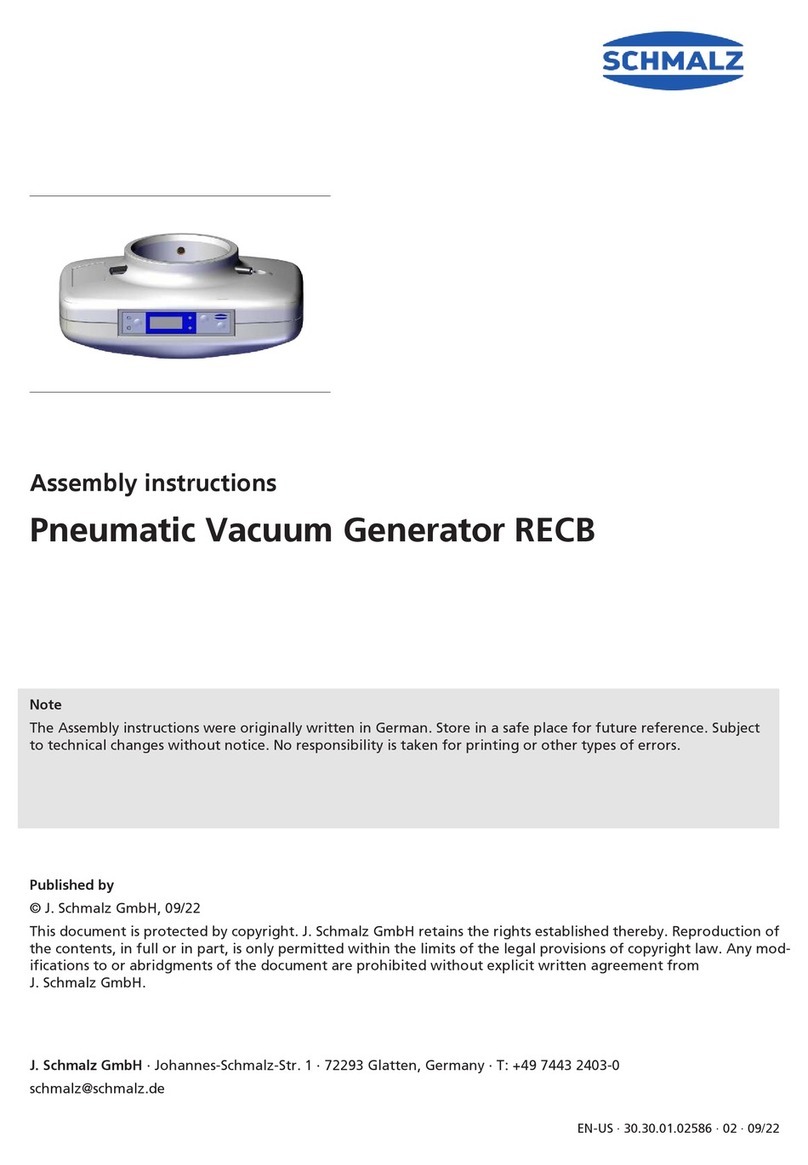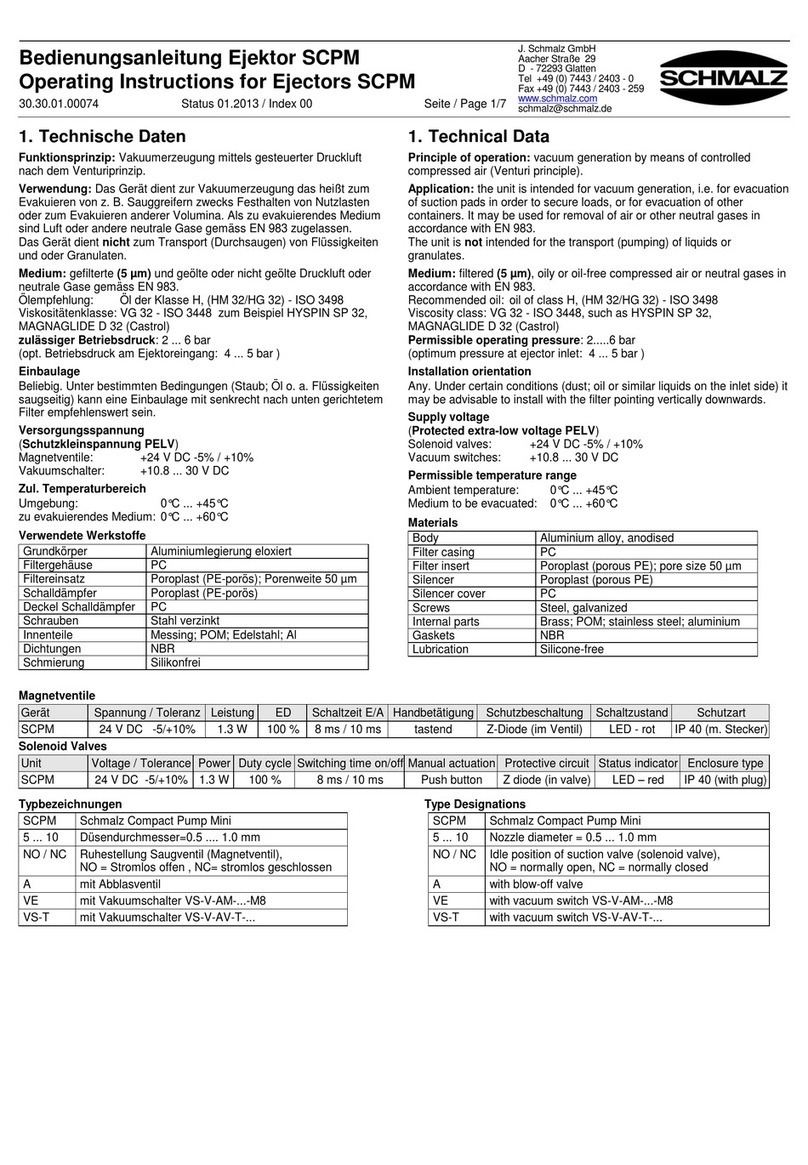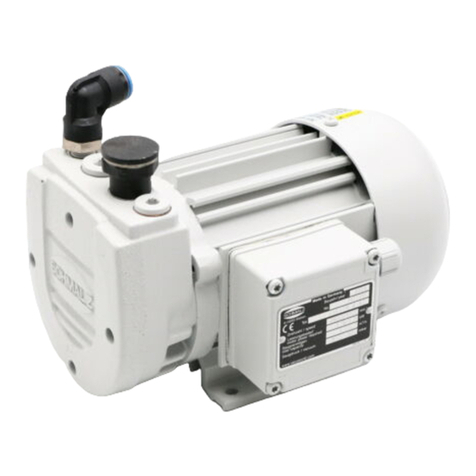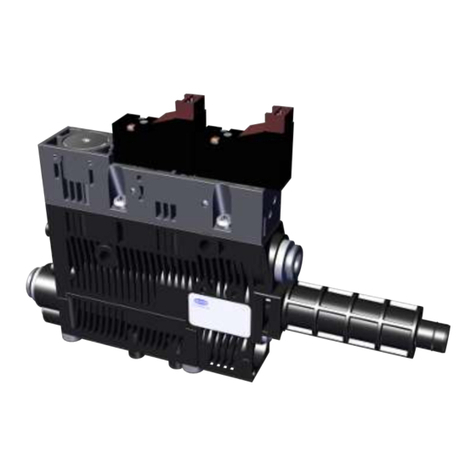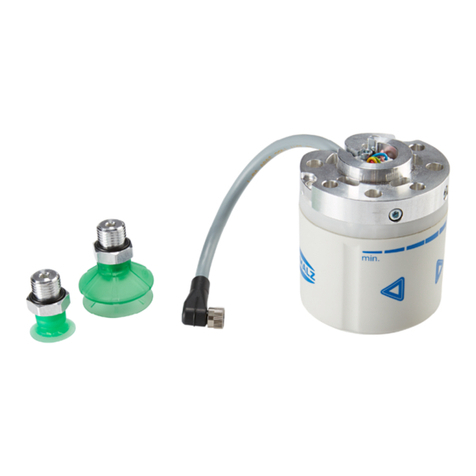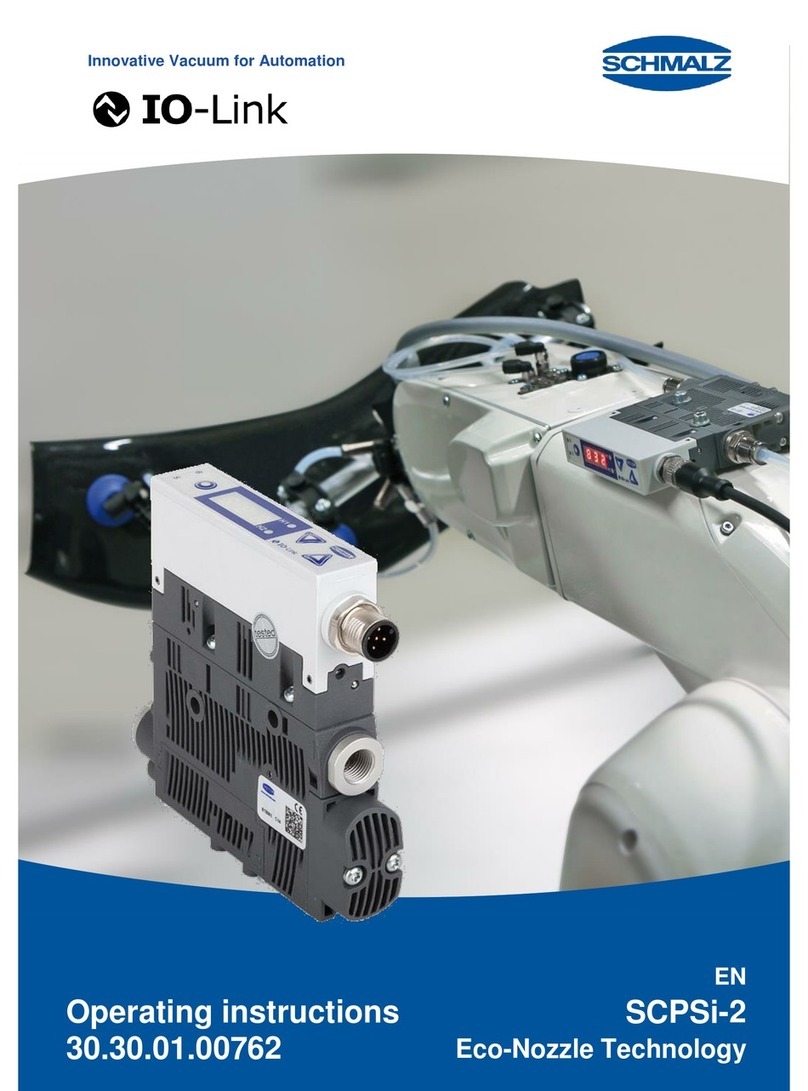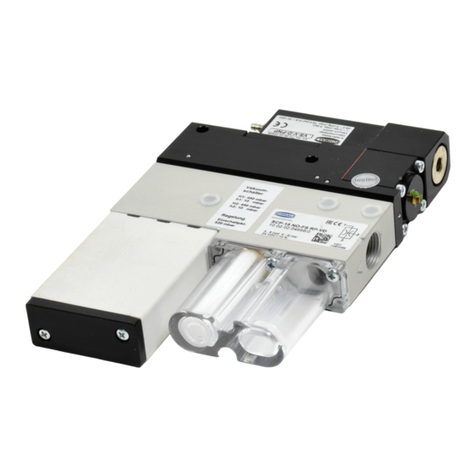
Contents
2 / 18 EN-US · 30.30.01.02586 · 00 · 11/20
Contents
1 Important Information ...................................................................................................................................3
1.1 Note on Using this Document ............................................................................................................ 3
1.2 The technical documentation is part of the product ........................................................................ 3
1.3 Other applicable documents .............................................................................................................. 3
1.4 Type Plate ............................................................................................................................................ 3
1.5 Warnings in This Document................................................................................................................ 3
1.6 Symbol.................................................................................................................................................. 4
2 Fundamental Safety Instructions...................................................................................................................4
2.1 Intended Use........................................................................................................................................ 4
2.2 Non-Intended Use ............................................................................................................................... 4
2.3 Safety ................................................................................................................................................... 5
2.4 Personal Protective Equipment .......................................................................................................... 5
2.5 Personnel Qualifications ..................................................................................................................... 6
2.6 Modifications to the Product.............................................................................................................. 6
3 Product Design ................................................................................................................................................6
4 Mechanical Data..............................................................................................................................................7
4.1 General Parameters............................................................................................................................. 7
4.2 Performance Data ............................................................................................................................... 7
4.3 Mechanical Performance Data ........................................................................................................... 7
4.4 Dimensions........................................................................................................................................... 8
5 Transport .........................................................................................................................................................8
6 Checking the Delivery.....................................................................................................................................8
7 Installation.......................................................................................................................................................8
7.1 Installation Instructions....................................................................................................................... 8
7.2 Installing the RECB .............................................................................................................................. 9
7.2.1 Connecting the RECB to the Compressed Air and Electrical Connection................................. 9
7.2.2 Optional Compressed Air Connection...................................................................................... 13
7.2.3 Mechanical Attachment ............................................................................................................ 15
8 Maintenance Plan and Cleaning ..................................................................................................................16
9 Warranty........................................................................................................................................................16
10 Spare and Wearing Parts, Accessories.........................................................................................................17
11 Disposing of the Device................................................................................................................................17
12 EC Conformity ...............................................................................................................................................18
